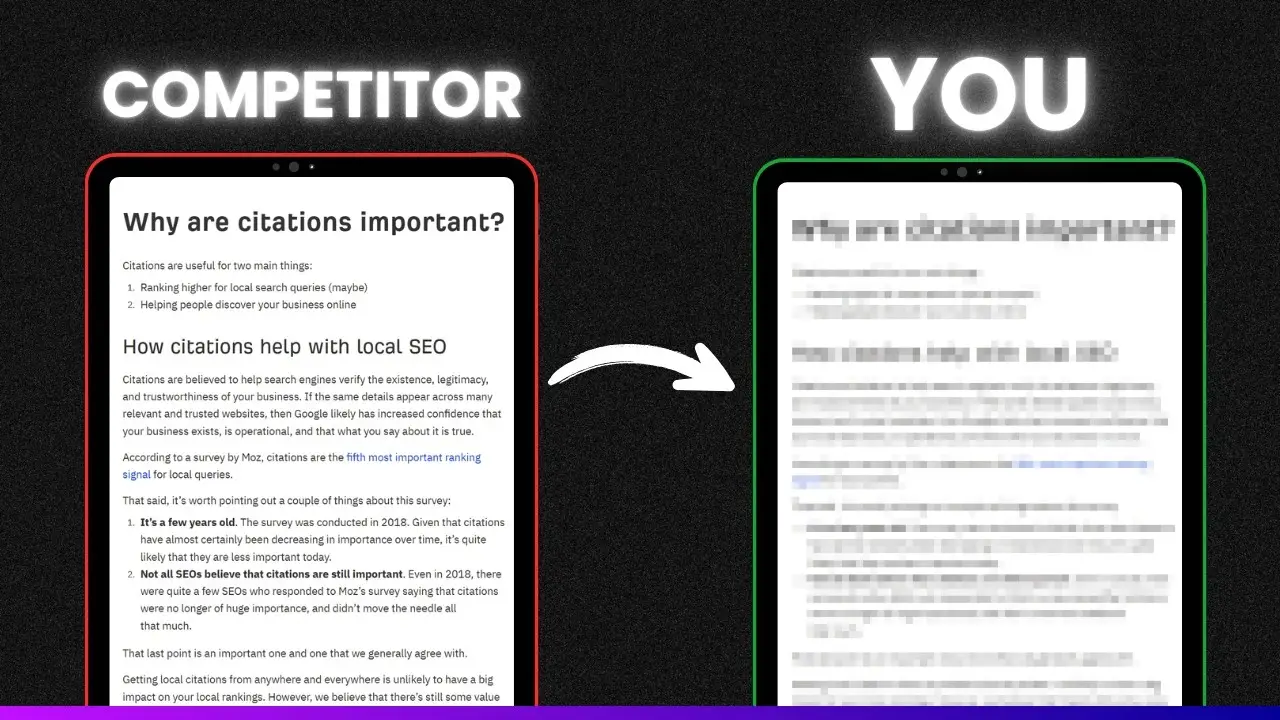Key Takeaways
- Few-shot prompting is a powerful method to guide AI into producing human-like content by providing structured examples.
- Proper formatting, including white space, bullet points, and headings, significantly improves readability and engagement.
- Iterative refinement of AI-generated content ensures it resonates with readers on an emotional and human level.
Have you ever felt like AI-generated articles are missing something? Sure, they’re informative, but they often lack that human touch. It’s like reading a manual—useful, but not enjoyable. I’ve been there too, staring at walls of text that feel robotic and lifeless. That’s why I’m excited to share a technique that transforms AI writing into something scannable, engaging, and—dare I say—human-like.
Why White Space Matters
Let’s start with the basics: white space. If you’ve ever tried reading a dense block of text online, you know how exhausting it can be. White space isn’t just for aesthetics—it’s a functional tool that makes content more readable and scannable. Studies show that people only read about 28% of the words on a webpage. By breaking up paragraphs, adding bullet points, and using headings strategically, you guide your reader’s eyes and make the experience less overwhelming.
Here’s a quick comparison:
| Without White Space | With White Space |
|---|---|
| Dense paragraphs | Shorter paragraphs |
| No headings | Clear headings |
| Few visual breaks | Bullet points & tables |
Want to learn more about improving readability? Check out how to craft the perfect AI prompt for blog posts.
The Magic of Few-Shot Prompting
Now that we’ve covered formatting, let’s dive into the heart of this technique: few-shot prompting. This method involves giving the AI specific examples of what you want. Think of it as showing rather than telling. Instead of asking for “a blog post about productivity tips,” you provide a sample structure with headings, short sentences, bullet points, and even quotes.
Here’s how it works:
- Open a text editor (Google Docs works great).
- Analyze an article format you admire—like those from leading blogs.
- Identify key elements such as:
- Short paragraphs
- Concise bullet points
- Descriptive headings
- Quotes or questions
- Create a list of these elements in your document.
For example:
- Short paragraph: “Productivity starts with focus.”
- Heading with question: “Why does multitasking fail?”
- Bullet points:
- Prioritize tasks daily.
- Use time-blocking techniques.
Once your list is ready, upload it alongside your prompt into tools like ChatGPT or Claude AI. The result? Articles that flow naturally and feel human-written.
For more details on few-shot prompting applications, check out how few-shot learning enhances content creation.
Iterative Refinement: The Human Touch
Even with perfect formatting and few-shot prompting, AI outputs often need polishing. This is where iterative refinement comes in. Treat the first draft as a rough sketch—good enough to work with but not ready for publication.
Here are some steps to refine AI-generated content:
- Add context: Expand on vague ideas with real-world examples or anecdotes.
- Inject personality: Use conversational language and relatable metaphors.
- Critique the output: Ask the AI to identify flaws in its response (yes, it can do that!).
- Humanize tone: Replace overly formal phrases with everyday expressions.
For instance:
- Instead of “Utilize time management strategies,” write “Make time management your best friend.”
If you’re curious about how this approach can improve SEO-focused articles, check out how to rank on Bing effortlessly.
Creating Your Guiding Document
To make this process repeatable, create a guiding document—a blueprint for your prompts. Here’s what it should include:
- A sample structure with varied elements (short paragraphs, bullet points).
- Instructions for randomizing the order while keeping logical flow.
- Notes on tone (e.g., conversational or formal).
Save this document in plain text format for easy reuse across different topics. You can even tweak it depending on your audience or industry.
Need help designing prompts tailored for blog posts? Check out the perfect AI prompt for crafting engaging blog posts.
The Results Speak for Themselves
After implementing these techniques, I tested them using GPT-4 and Perplexity AI—and the difference was night and day. The articles generated felt lively and engaging compared to standard outputs with long-winded paragraphs. Here’s what changed:
- Paragraphs became shorter and more digestible.
- White space improved readability.
- Bullet points highlighted key takeaways.
- Quotes added depth.
If you’re struggling with making AI content resonate emotionally, try refining your prompts using AI humanizers.
Final Thoughts
Transforming AI writing into something human-like isn’t rocket science—it’s about strategy and attention to detail. By leveraging techniques like few-shot prompting and iterative refinement while prioritizing white space and formatting, you can create content that connects deeply with readers.
Remember: The goal isn’t just to inform but also to engage—and sometimes even inspire.
Want more tips on creating standout content? Read 11 things you must add to your AI articles.






